|
Voiced by Amazon Polly |
Overview
Artificial Intelligence and computer vision have rapidly advanced, transforming how machines interpret visual content. One of the most celebrated innovations in this domain is the YOLO (You Only Look Once) series, renowned for its real-time object detection capabilities. As computer vision tasks grow more complex, the demand for models that detect objects and understand visual contexts has increased, with YOLOE, a new frontier in vision AI that promises to “see anything” in real-time.
Pioneers in Cloud Consulting & Migration Services
- Reduced infrastructural costs
- Accelerated application deployment
Introduction
YOLOE stands for You Only Look Once – Everything, and as the name implies, it pushes the boundaries of traditional object detection. Unlike earlier YOLO models that relied on detecting a fixed number of classes, YOLOE integrates open-vocabulary learning and vision-language models to recognize virtually any object described by a human, even if it has never seen that object before.
Core Features of YOLOE
- Open-Vocabulary Detection
YOLOE does not require fixed category labels. It leverages vision-language models like CLIP to understand new object classes through descriptive text. This makes it incredibly flexible and powerful for real-world applications.
- Real-Time Inference
True to the YOLO legacy, YOLOE is optimized for speed. It can process high-resolution images and video streams in real-time, making it ideal for tasks like surveillance, robotics, and autonomous vehicles.
- Multimodal Understanding
YOLOE uses both visual and textual data. It can understand abstract instructions or detailed prompts without retraining on new datasets by comparing image features with text embeddings.
- Generalization Across Domains
Whether you are working with satellite images, medical scans, or industrial environments, YOLOE adapts with minimal effort. Due to limited training data, it excels in tasks that traditional detectors struggle with.

How does YOLOE work?
At a high level, YOLOE combines a visual feature extractor with a semantic understanding module:
- Step 1: Image Processing
An input image is passed through a deep neural network (like a transformer or CNN) to extract high-level visual features. - Step 2: Region Proposals
The image is segmented into multiple regions of interest, each representing a possible object. - Step 3: Semantic Matching
Instead of comparing these regions to fixed class labels, YOLOE uses a text encoder to embed natural language descriptions. These are then matched with the visual embeddings to detect relevant regions. - Step 4: Real-Time Output
The model returns bounding boxes with class labels based on the best semantic match, all within milliseconds.
Applications of YOLOE
YOLOE unlocks a wide range of possibilities across various industries:
Autonomous Driving
Detects unusual or unexpected objects on the road, even if they weren’t part of the training dataset (e.g., fallen trees, animals, unique vehicles).
Retail and Inventory Management
Recognizes new products on shelves or identifies mislabeled items using a visual or text-based prompt.
Healthcare
It helps identify anomalies in medical scans, even when labeled data is scarce.
Surveillance and Security
Monitors environments for abnormal objects or behaviors, enhancing real-time security systems.
Content Moderation
Flags harmful or explicit content in videos or images using descriptive queries like “weapon” or “graphic injury.”

Limitations and Challenges
Despite its strengths, YOLOE is not without its constraints:
- Dependency on Foundation Models:
YOLOE relies on pre-trained models like CLIP, which may inherit biases or inaccuracies from their training data. - Text-Image Ambiguity:
The quality of results can vary depending on how well the text prompts are crafted. - Compute Requirements:
Running YOLOE with large-scale data or high-resolution inputs can be computationally expensive.
Future of YOLOE
As AI moves toward general intelligence, YOLOE represents a significant step forward. The future may see improvements like:
- Few-shot learning capabilities, enabling training on just a handful of examples.
- Self-supervised enhancements, reducing the need for labeled data.
- Smaller, more efficient models allow edge deployment on mobile and IoT devices.
These innovations will help bring YOLOE from research labs to real-world deployment across industries.
Conclusion
YOLOE marks a transformative shift in computer vision. By using the speed of the YOLO family with the intelligence of large vision-language models, it unlocks the potential for systems that can “see anything”, whether it’s a common object, a novel item, or a descriptive phrase. As industries look for smarter, more adaptive AI solutions, YOLOE stands at the forefront, ready to reshape how machines perceive the world.
Drop a query if you have any questions regarding YOLOE and we will get back to you quickly.
Empowering organizations to become ‘data driven’ enterprises with our Cloud experts.
- Reduced infrastructure costs
- Timely data-driven decisions
About CloudThat
CloudThat is an award-winning company and the first in India to offer cloud training and consulting services worldwide. As a Microsoft Solutions Partner, AWS Advanced Tier Training Partner, and Google Cloud Platform Partner, CloudThat has empowered over 850,000 professionals through 600+ cloud certifications winning global recognition for its training excellence including 20 MCT Trainers in Microsoft’s Global Top 100 and an impressive 12 awards in the last 8 years. CloudThat specializes in Cloud Migration, Data Platforms, DevOps, IoT, and cutting-edge technologies like Gen AI & AI/ML. It has delivered over 500 consulting projects for 250+ organizations in 30+ countries as it continues to empower professionals and enterprises to thrive in the digital-first world.
FAQs
1. What makes YOLOE different from other YOLO models?
ANS: – Unlike traditional YOLO versions that detect objects based on fixed categories, YOLOE incorporates open-vocabulary learning and vision-language models, allowing it to detect and understand unseen or dynamic object classes using textual descriptions.
2. Can YOLOE detect objects not part of its training data?
ANS: – Yes. YOLOE can perform zero-shot detection, meaning it can identify new objects by understanding the relationship between text descriptions and image regions, even if those objects were never seen during training.

WRITTEN BY Balaji M
Balaji works as a Research Associate in Data and AIoT at CloudThat, specializing in cloud computing and artificial intelligence–driven solutions. He is committed to utilizing advanced technologies to address complex challenges and drive innovation in the field.


 Login
Login


 May 23, 2025
May 23, 2025 PREV
PREV
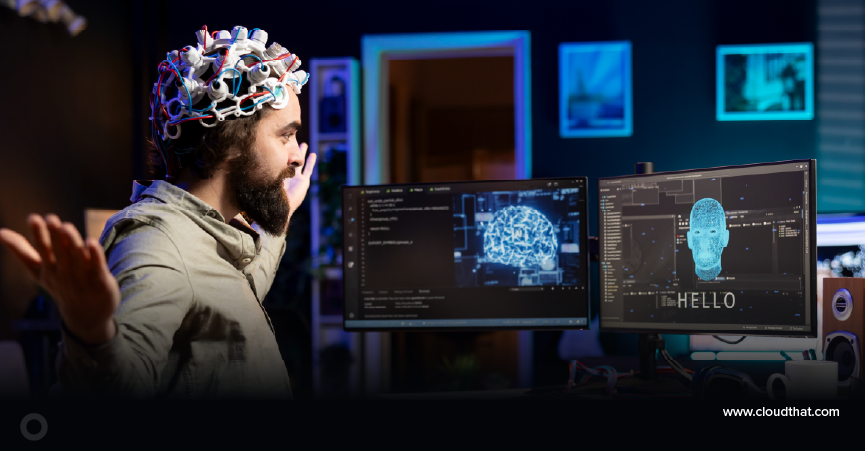

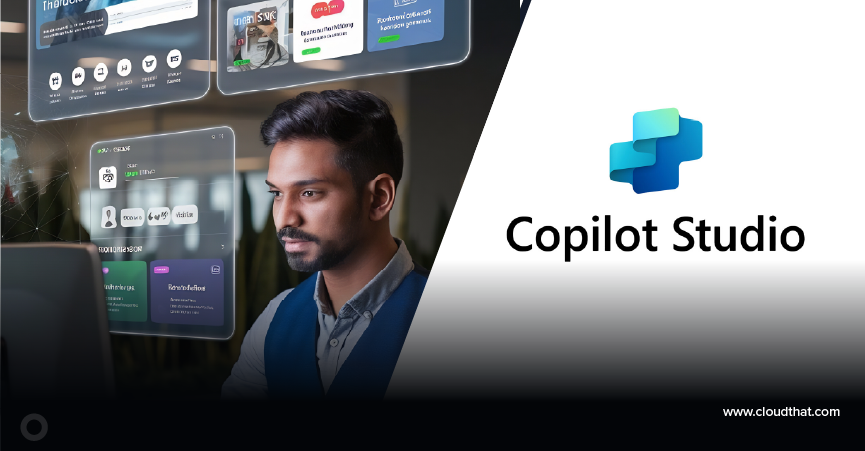
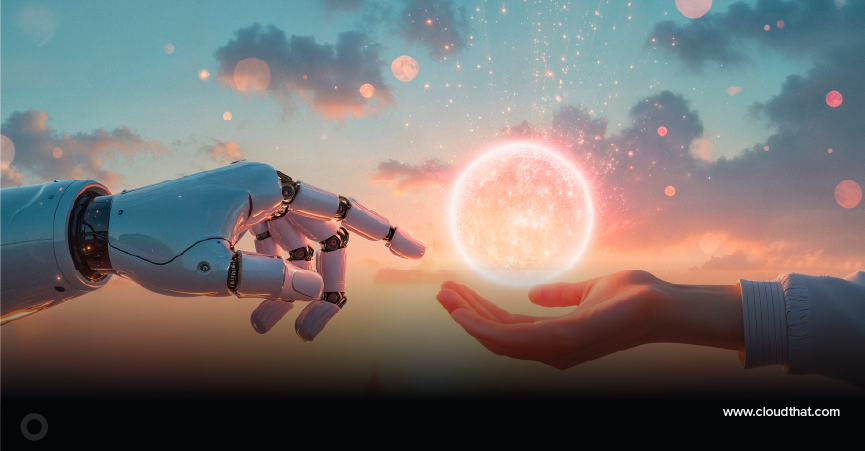
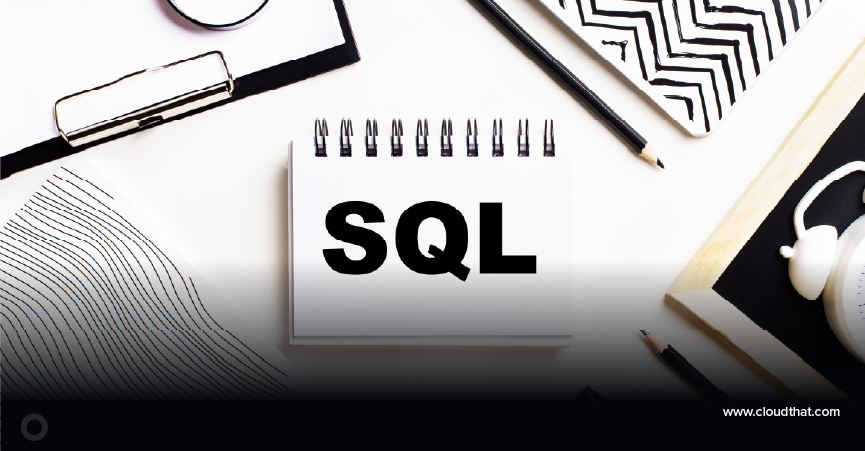
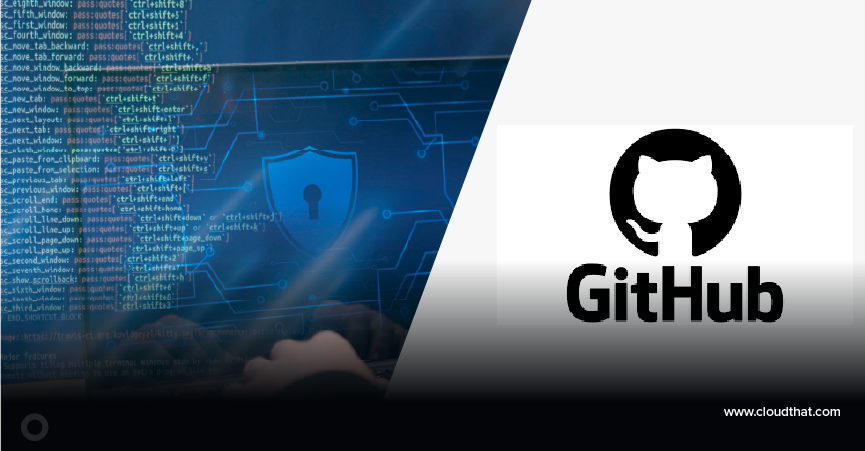

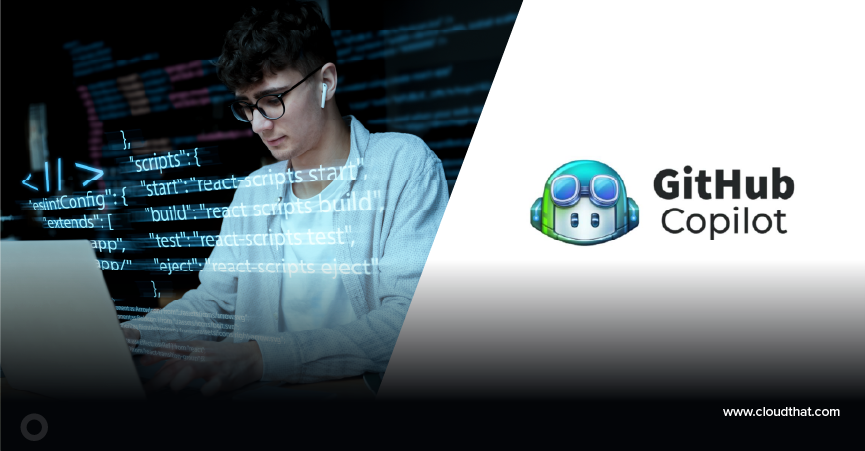
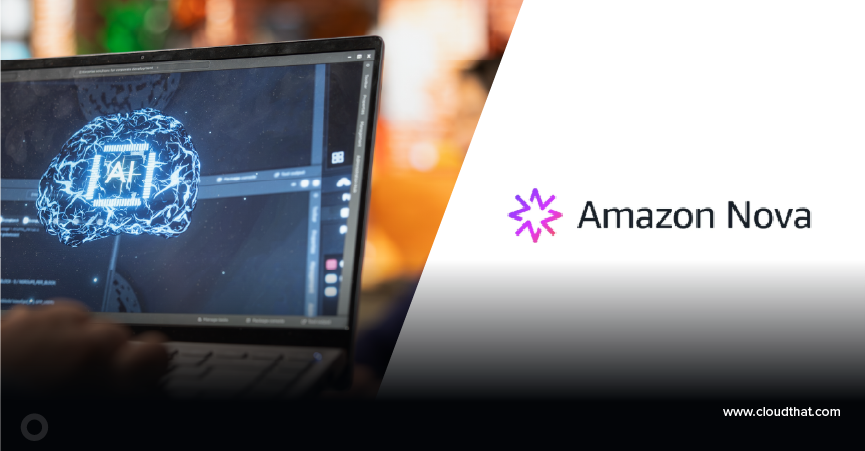

Comments